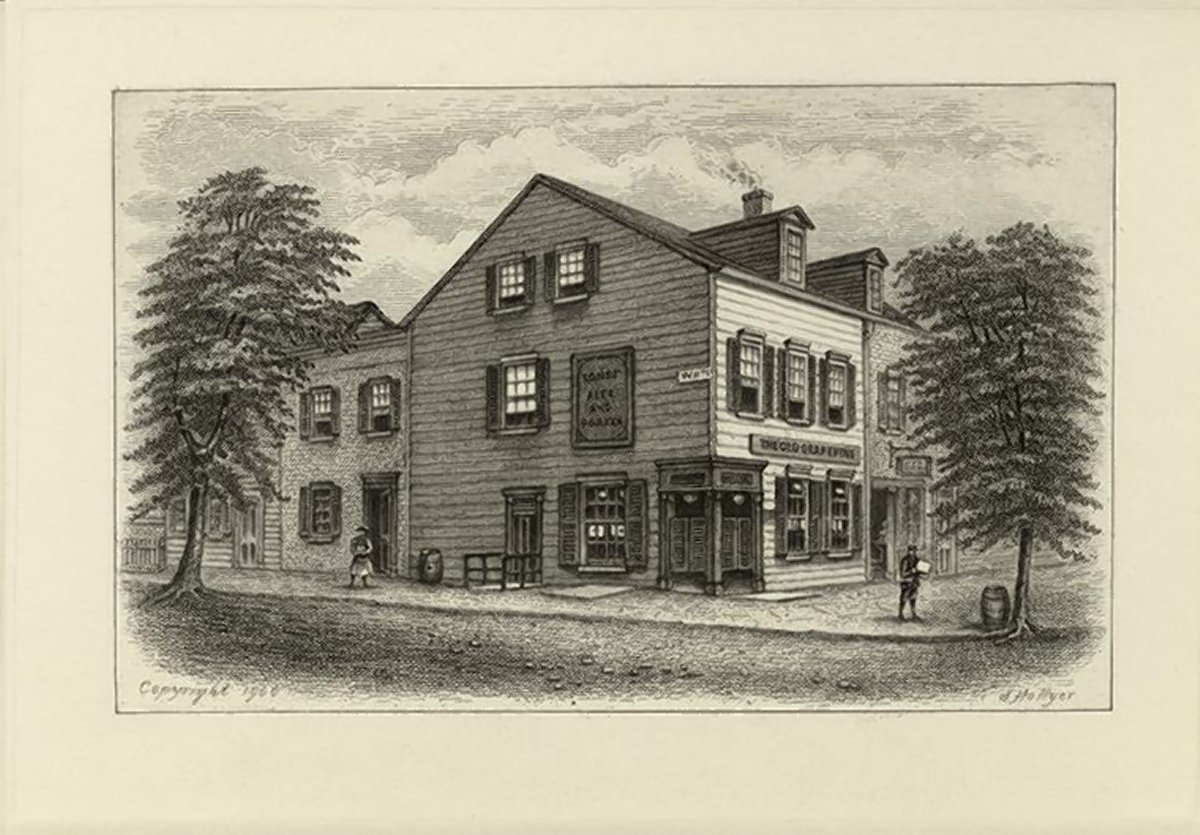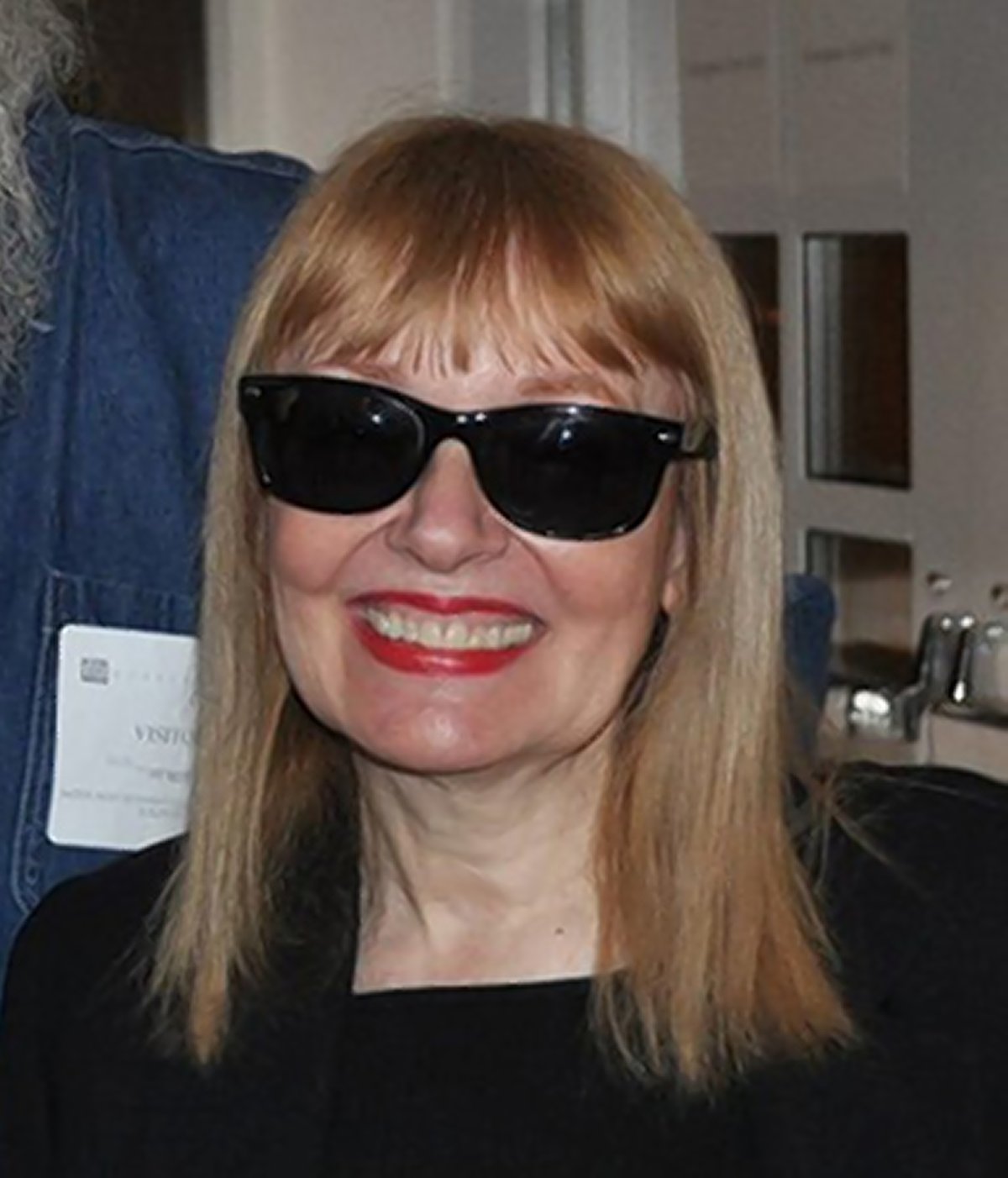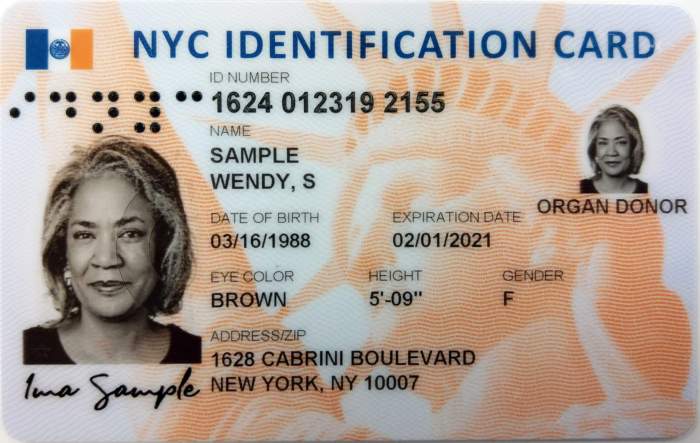
BY PATRICIA FIELDSTEEL | NYONS, FRANCE — Several times daily and frequently at night, I stroll the streets of Greenwich Village, chatting with friends in Facebook groups devoted to the neighborhood. The two most popular are Greenwich Village Kids 1960s (1,207 members) and Greenwich Village Grapevine (1,121 members). Around the clock, we share news as well as memories, often bittersweet, rekindled by photographs that serve as stepping-stones into a vanished world, a time and place that helped form who we are today.
In the early 1990s, Bibbe Hansen, a performance artist, actress, musician and Andy Warhol star, posted a notice on the Internet with a list of names: “New York City — Washington Square Park 1960s. Were You There? Where are you now?” She and musician Chris Lang (now Chris Kitlan Burns, a forensic psychologist) wanted to reunite with childhood friends.
From that initial group, others were reached who had grown up or lived in the Village. When Facebook began, they created the “Greenwich Village Kids 1960s” page, open to anyone who’d ever lived in the Village or been fascinated by it.
I sent a questionnaire out to members, asking for their thoughts about the Facebook pages, and got many responses. What follows are just a small portion of those.
Wendy Palitz, an award-winning art and design publisher, echoes the sentiments of many: “I was suddenly in touch with people whose names I knew growing up but never really knew. We have a common point of reference. It’s a tie one doesn’t have with colleagues or friends made later in life. As different as we may be, we were shaped by our neighborhood and the places where we hung out, the people we hung out with.”

Real-life friends have been made through the groups. Ann Gonzalez Vece, who describes herself as “Happily Retired,” says, “What a gift to meet someone of the same age, who lived only a few hundred feet away and who knew many of the same people I hung out with.”
As Greenwich Village Kids 1960s evolved, various sub-Villages presented themselves — the kids who had gone to P.S. 41 and P.S. 3, to Little Red School House and Elizabeth Irwin High School, to St. Anthony’s, St Joseph’s, St. Luke’s, Grace Church School, St. Bernard’s, Our Lady of Pompeii and St Joseph’s.
Some had grown up in the Central Village, the East Village, West Village, South Village, Little Spain on W. 14th St. and in Soho. Many were the children of liberals, old lefties and communists. Others came from conservative Republican families. Some were the progeny of artists, writers, intellectuals. Others were the offspring of restaurant owners, shopkeepers, building supers, longshoremen, police officers, politicians, homemakers.
A considerable number had moved to the Village as adults. Everyone had valuable stories to tell and memories to share. Old childhood conflicts emerged, as well. Aspects of Village history suddenly became obsessions: the Minettas; Hancock St.; Little Africa; the El; the old Meat Market; certain bars, restaurants, clubs and cafes; Sutter’s Bake Shop; the pushcarts of Bleecker St.; Loew’s Sheridan movie theater; the folk music scene; Washington Square Park.
Several years ago, Ellen Williams, an author and self-described “ardent Village-history buff,” messaged a few dozen members of GVK 1960s asking if there was interest in a new group called “Greenwich Village Grapevine,” after the 18th-century Old Grapevine Tavern that had stood on the southeast corner of W. 11th St. and Sixth Ave., probably the first legendary Greenwich Village bar, where artists, writers, businessmen, Union soldiers, Southern spies, lawyers, police officers and politicians gathered, giving rise to the expression “I heard it through the Grapevine.”
“I decided to launch Grapevine,” Williams explained, “because the conversations on GVK increasingly strayed into hostile territory that reflected decades-old social tensions in the neighborhood; there were an increasing number of posts about things that had nothing to do with the Village…and because GVK was originally envisioned as a reunion site for people who had grown up in the Village, and I was more interested in a page for anyone who loves the Village and its history regardless of when they lived here, or, in fact, even if they never had.”
Today both groups are active and popular with many crossover members. GVK 1960s is more freewheeling and open-ended, filled with posts about the music scene of the ’60s, ’70s and ’80s — the lives we lived as “kids.” Meanwhile, Grapevine is strictly focused on history, memory and documenting the stories of Village life through personal recollections, articles and photographs, old and new, many from Ellen Williams’s extensive personal archive.
Nancy Cooper, a retired director of the Housing Works Bookstore, grew up in the Spanish community on W. 14th St. — a.k.a. “Calle Catorce” — in a building where artists Marcel Duchamp and Alfred Levitt were residents. She credits the Grapevine Facebook page with deepening her fascination with Village history.
“It plays a big role in my life because I end up searching out lots of different things and I enjoy research — especially what I can do at home,” she says.
Claudia Lorie, a registered nurse, is active in both groups.
“My parents, Igor and Sonja Sudorsky, Dachau concentration camp survivors, waited in a U.N. refugee camp for a year till a family from Greenwich Village ‘sponsored’ them,” she says. “They came to work in this family’s Art Foods Deli [near the northwest corner of Sixth Ave. and W. 10th St.]. They’d been artists before the war. The family sold their business permit to my parents for one dollar.
“Local artists, intelligentsia and creative GV neighbors frequented the shop. Igor would hold ‘court’ from the back booth and encourage artists to paint at a vacant table. Some locals who came to talk with Igor and Sonja were actor Dustin Hoffman, jazz musician David Amram and also Bob Otter, the photographer.
“The Spyro Gyra song ‘Breakfast at Igor’s’ is said to be written about our shop. Songwriter Johnny Marks, illustrator Maurice Sendak, writers Grace Paley, Diane Wolkstein, ee cummings, Allen Ginsberg, Arthur Miller, Edward Albee and James Beard frequented our store, as did the Joffrey Dance troupe, St. Vincent’s staff, many N.Y.U. professors, local TV news anchors and celebrities, Mayor Koch and most of the local shop owners. … ee cummings critiqued my kindergarten poetry. David Amram babysat my sister and me.”
Joe Dean, a retired New York Police Department detective, keeps Grapevine members enthralled with his vivid recollections of growing up in the predominantly Irish West Village. He is often joined by Dermot McEvoy, author of several novels set in Greenwich Village. Both have near total recall and share memories of a kinder, gentler, more familial Village, where apartment doors were left open, neighbors looked out for each other, socialized, intermarried and feuded, as well. Their Village childhoods speak of supers, longshoremen, swimming in the Hudson, playing stickball on designated “play streets” and Saturday double bills at the Loew’s Sheridan.
Sandra D’Alfonso Molé, a publicist for small companies in the design and antiques world, grew up on Thompson St. north of Houston St. She describes waiting in a doctor’s office with her late parents, both in their 90s, and seeing “an old-time photo posted in GVK 1960s of a horse cart in the street.”
“It looked like a foreign world to me,” she says, “but I happened to be sitting next to my mother who was born in 1922 in the Village and lived there for another 42 years. She immediately recognized the location and correctly identified the street. It opened up a discussion of our old neighborhood, and I realized how historically layered our little corner of the universe was.
“From that one little photo, an interesting discussion evolved about the shops and owners from her time growing up. I had heard these stories before but they now came to life through this one photo.
“Other photos followed. I started looking at the pictures and putting aside the ones that my mother and father, who came to the Village as a 17-year-old, might recollect. I would hear incredible stories of their past.
“It was through these groups that I realized my parents had a whole life before I came along — listening to music in the Village clubs, playing baseball and riding bicycles on the streets, going dancing to some of the local nightclubs and rooftop parties, playing soccer in Washington Square Park when very few Americans knew what soccer was.”
Music journalist Ted Panken grew up on Bleecker St. near Thompson. He credits the two Facebook groups with helping him learn about himself and the milieu that shaped him “by imparting to me a sense of place and groundedness that I didn’t necessarily feel as a young person growing up in the Village.”
For Grapevine members, the pictures are crucial. Especially popular are old photos posted with a “Where is this?” question. Those who don’t find this of interest, tend to hang out more in GVK 1960s or on smaller FB Village pages.
No matter which group, there are certain unifying commonalities, such as the profound anger and grief over the loss of St. Vincent’s Hospital and the devouring of the Village by multimillionaires, mega-real-estate interests and global chain stores that have destroyed the character and fiber of what was once an avant-garde, vibrant, edgy, highly diverse and creative neighborhood.
Musician Peter Rozé, who today lives in New Orleans, says the Village “was, and I emphasize ‘was,’ the last Bohemian stronghold of radical, progressive-minded thinkers and doers. Now, it just holds a lot of history.”
Perhaps Nora Paley, who lives in Vermont and is the daughter of the late author/activist Grace Paley, summed the groups up best: “Often the photos take my breath away. Seeing a photo of the landscape where my distant childhood lives, and sharing that landscape with others who I mostly don’t know, but who had overlapping childhoods, is fortifying to my root system. What could lend more strength to the present than that? I do not know many of the participants. It is lovely to hear word from the adult forms of kids I do remember. There are people I have only met in pixels whose realities, sometimes historic, and sometimes present, are familiar and have become dear to me.”
Join us as we summon up this vanished world and document for the future today’s Village. Consider contributing your own stories, photos and memories. We look forward to meeting you!

















